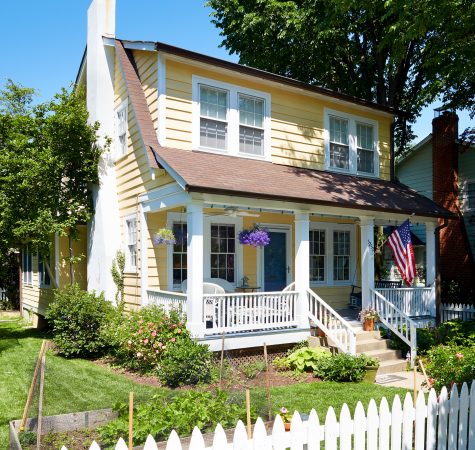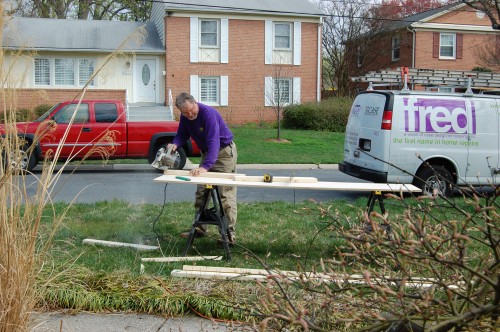After a cold, rainy, and snowy winter, the exterior of your home may be susceptible to a variety of weather-born ailments. One of the most common areas that are affected by the elements is the exterior timber often installed on residential homes. This lumber is often properly treated to withstand the normal acclimation, but do bear the brunt of their varying environment.
Rot can be caused by wood absorbing water, and has a variety of causes, such as improper sealing, poor circulation, poor drainage. Over time this will cause irreparable damage. If you have a rot problem with an item such as a handrail, supportive post or column, or exterior trim, then this area should be properly addressed and replaced.

Damaged exterior wood can be difficult to properly observe, but is generally darker than the surrounding areas, and can be discolored due to organic growth from the water that was absorbed. Often time wood that is painted, or close to concrete & dirt can be easily damaged. If the existing wood feels unstable, loose, or soft to the touch, this is one of the most prominent signs of wood deterioration, and indicates a section that must be properly addressed.
If a piece of exterior wood is found to be damaged and cannot be repaired, it must be removed and replaced. Damaged handrails, support columns & posts, or wooden stairs must be completed removed, and timber such as oak or pressure-treated pine should be installed. Exterior trim areas such as deck fascia or soffits can often have small areas that are damaged while other areas can be salvaged. Once the new timber is installed, oak can be primed & painted immediately, while you must allow 90 days before painting pressure-treated pine.

Rotting timber can affect many outdoor areas of your home, and can be observed with a trained eye, including those of our FRED team. As you prepare your home for the upcoming Spring & Summer outdoor activities, have one of our experts inspect your home to repair any areas that need to be addressed.

